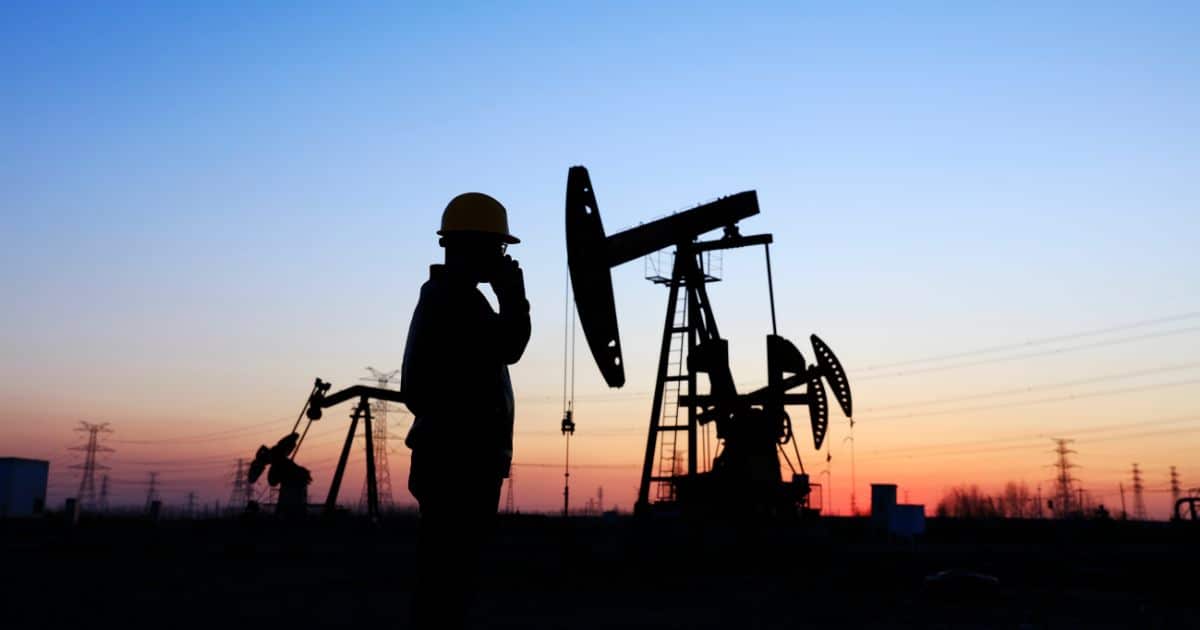
The oil and gas industries help to keep this nation running, but the workers face significant risks to their health and well-being. They can be more likely to get injured on the job than employees in other industries, and can face significant injuries that change their lives forever. Here are the main risks and some basic safety tips that can keep oil and gas workers safer.
What Risks Do Oil and Gas Workers Face?
One of the main hazards that these employees contend with are fires and explosions that occur when flammable gases and vapors ignite. Two examples are hydrogen sulfide and well gases that get released from surface equipment like tanks, production equipment, and wells.
On top of that, there can be blowouts, entrapment in enclosed areas, chemical exposure, machinery accidents, and vehicle crashes. Some of the more common injuries from these include burns, brain injuries, amputations, crushing injuries, and fractures. Oil and gas workers can also be diagnosed with work-related illnesses like silicosis and leukemia.
Protective Gear and Work Site Safety Needs
Oil and gas workers need to be seen by others, so high-visibility clothing is a necessity. Depending on the type of work, the use of safety goggles, helmets, boots, masks, and respirators may also be warranted.
Proper training is essential for this industry’s workers, and each new job site will have its own set of parameters. All employees should understand their roles, the hazards, and the appropriate safety precautions. Clear communication is essential, before, during, in between, and after shifts. To further reduce the risk of accidents, the work areas should be free of anything that people could trip over. Struck-by hazards should also be addressed, and there must be clear signage to direct employees and others to safety and emergency equipment. For the latter, strategic labeling techniques (5S system) can streamline the process. If your site does not have this, ask a supervisor.
Safety Tip: Lock-out Areas
Throughout the extraction process, some job site areas will be dormant while others are active. Dormant areas need to be locked out with clearly posted tags, signs, or tape. If you see something that needs to be tagged, speak up. These warning indicators must be visible to all personnel, and be updated with the most current status.
Safety Tip: A Company Safety Program
Your employer should have a company safety program in place that fosters open communication. There should be clear procedures for preventing and addressing safety issues, plus comprehensive employee training and updates as needed. Workers can be encouraged to provide feedback, as this builds a sense of trust.
Oil and gas job sites should be connected to local emergency response teams, with the goal of increasing overall safety. Some companies even invite local emergency responders to tour their sites, and this is a great way to get to know the emergency responders you may need to work with. Once everyone is familiar with the health and safety hazards, it will be easier to cooperate should an emergency situation arise.
Coatesville Workers’ Compensation Lawyers at Wusinich, Sweeney & Ryan, LLC Offer Trusted Legal Guidance to Injured Oil and Gas Workers
Working in the oil and gas industry can be rewarding but comes with certain risks. If you were injured on the job and are experiencing problems with a workers’ compensation claim, contact the knowledgeable Coatesville workers’ compensation lawyers at Wusinich, Sweeney & Ryan, LLC. We help clients in Downingtown, West Chester, Exton, Coatesville, Phoenixville, Malvern, Lyndell, Wagontown, Uwchlan, Parkesburg, Chester Springs, Lancaster County, Reading, and Morgantown, and offer free initial consultations. Call our Exton, Pennsylvania office at 610-594-1600 or complete our online form today.




